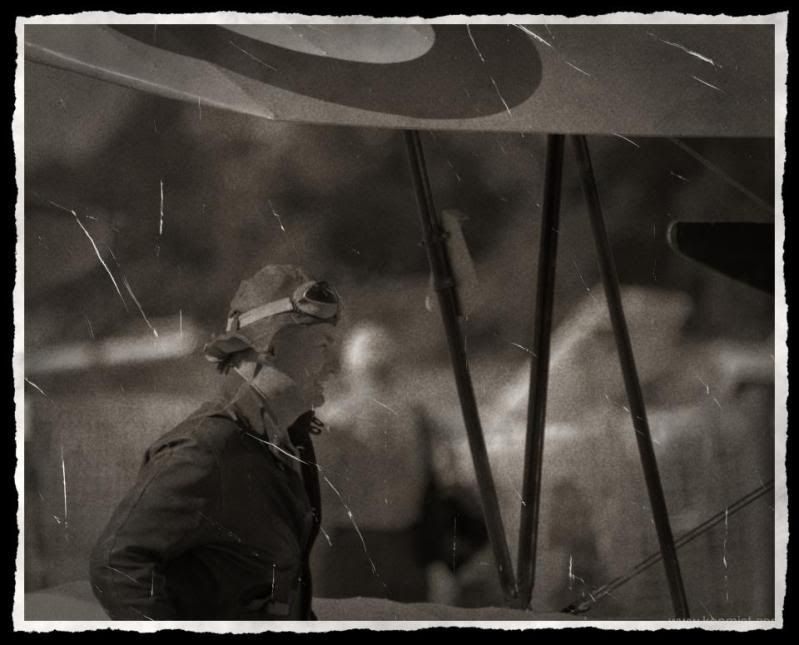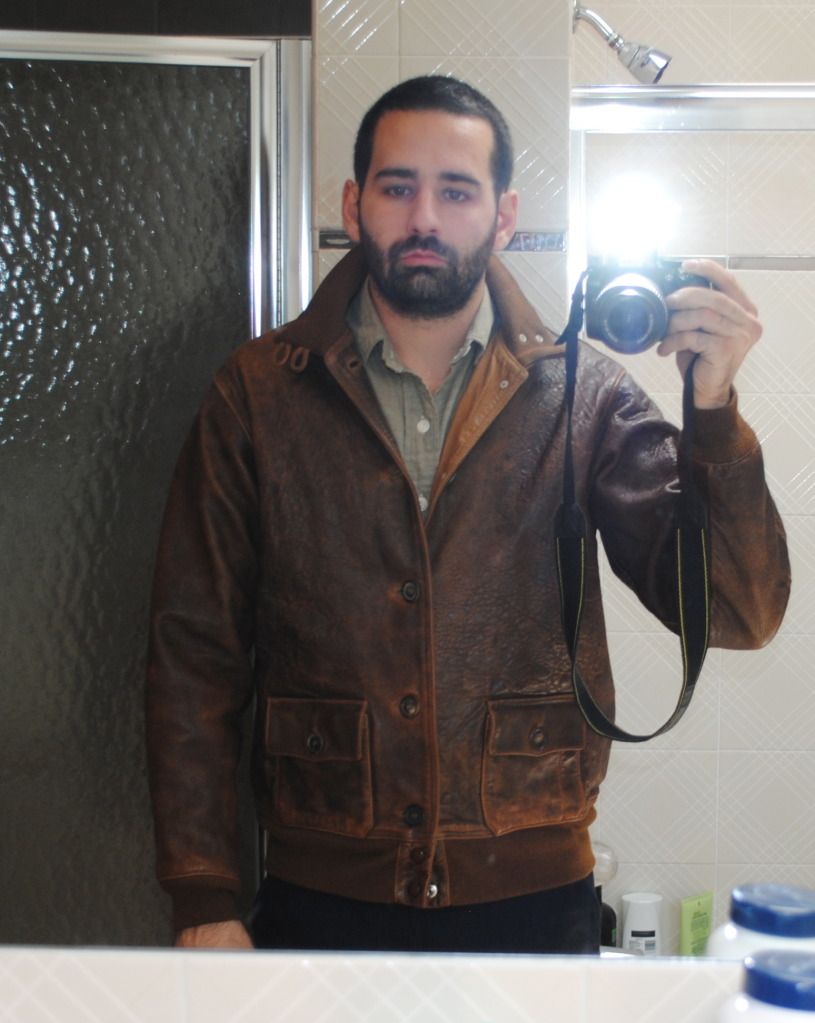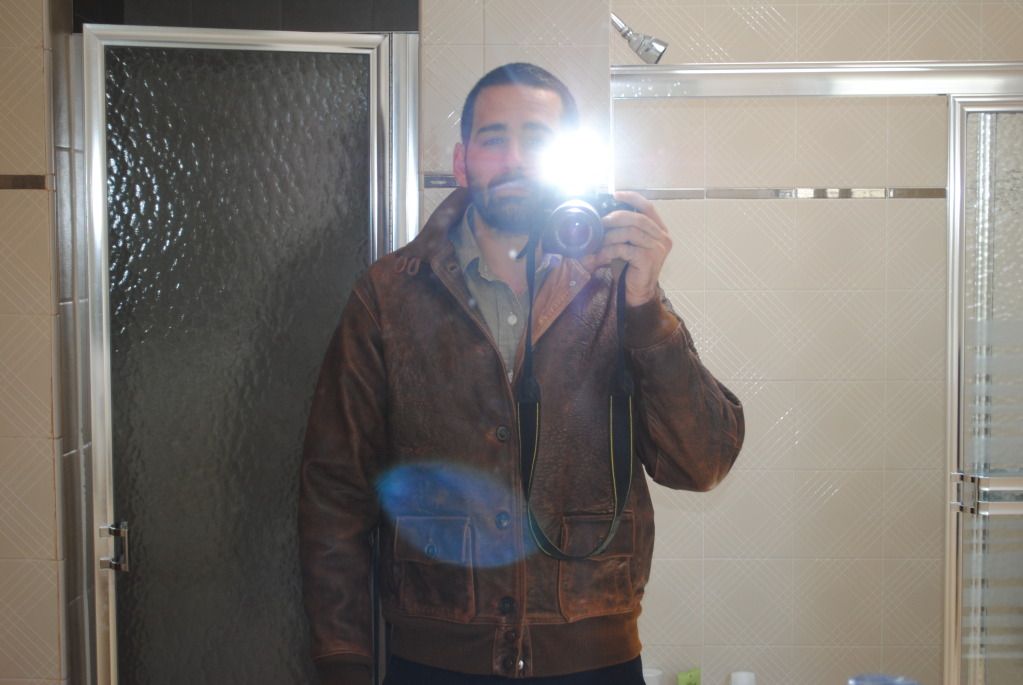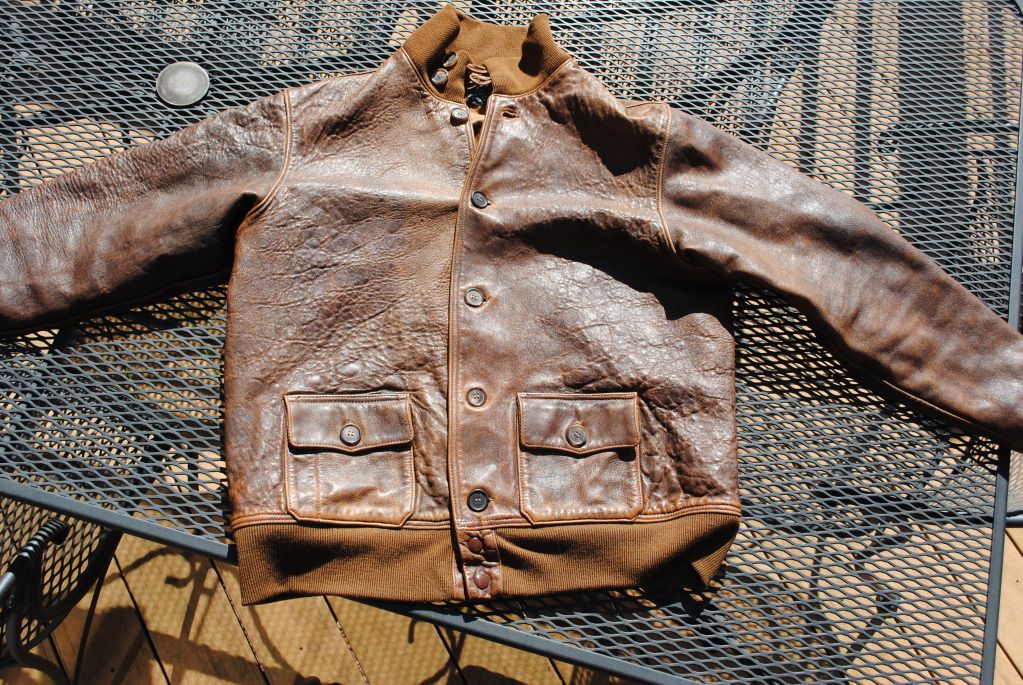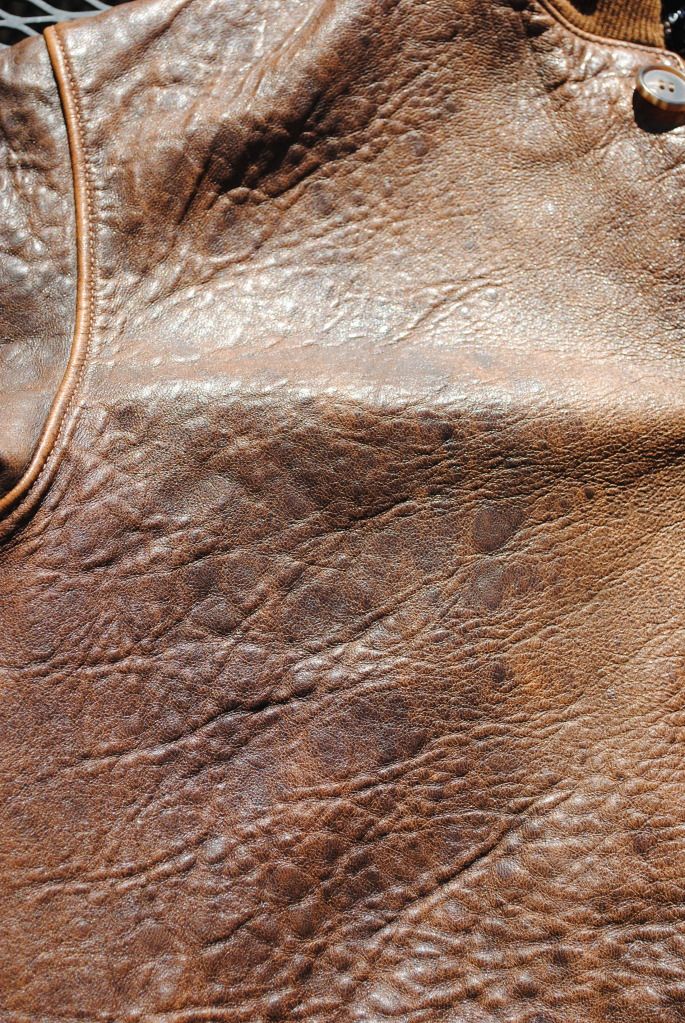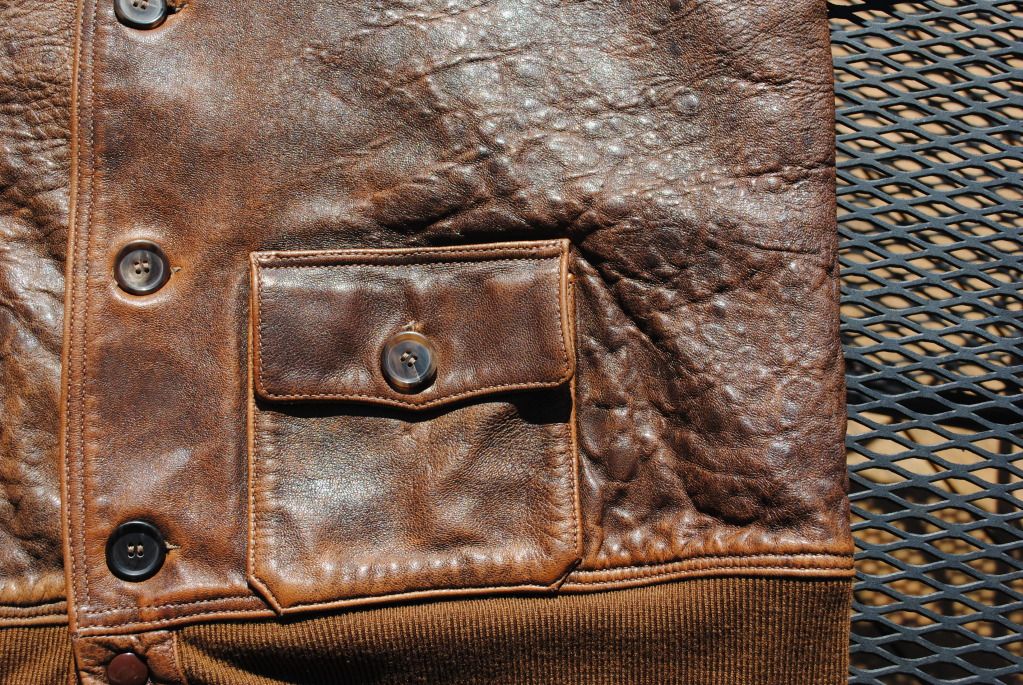Dr H
Well-Known Member
John is right - the basic methods involve applying a topcoat to the leather (effectively a coating/paint based on insoluble pigments in a binder) or using different soluble dyes, of which aniline dyes (or 'tar' dyes) is one family. The dyes have been around for a while (mauvine, the first, was discovered by Perkin in the 19th century) and are chemical derivatives of aniline. Therein lies the problem as the use of aniline/aniline derivatives in leather dyeing does carry with it a health risk as some of the materials are known to cause bladder cancer. Having said that, the process is pretty fraught (for the worker) if you're using chrome tanning (chromium sulphate), formaldehyde, etc. - all unpleasant in use.
Aniline dyeing is often preferred on aesthetic grounds as you can see the hide's natural surface texture/'grain', particularly in the case of something like cape or Andrew's recent post of his natural wild leather with out it being obscured. However, as it's not a coating it doesn't protect the surface against abrasion or wear. Not a problem really as in most cases this is preferred, but if you prefer the pristine 'pleather' look that'll remain like this then pigment dyeing is for you...
Semi-aniline leather is similar process, but has a thin protective top coat added to protect it from wear and staining. That 'Pull up aniline leather' (oil pull) so beloved of many of the gentlemen in the Hat Place has additional oil or wax applied to the leather to give it a distressed look. Note vegetable tanning - based on tannins - will give shades of brown.
As ever, Wiki has more for a surface skim (and it's not bad on this occasion): http://en.wikipedia.org/wiki/Leather
OK, skewl's out... must get my robes on and go to the higher degree conferment ceremony in the cathedral now. :ugeek:
Aniline dyeing is often preferred on aesthetic grounds as you can see the hide's natural surface texture/'grain', particularly in the case of something like cape or Andrew's recent post of his natural wild leather with out it being obscured. However, as it's not a coating it doesn't protect the surface against abrasion or wear. Not a problem really as in most cases this is preferred, but if you prefer the pristine 'pleather' look that'll remain like this then pigment dyeing is for you...
Semi-aniline leather is similar process, but has a thin protective top coat added to protect it from wear and staining. That 'Pull up aniline leather' (oil pull) so beloved of many of the gentlemen in the Hat Place has additional oil or wax applied to the leather to give it a distressed look. Note vegetable tanning - based on tannins - will give shades of brown.
As ever, Wiki has more for a surface skim (and it's not bad on this occasion): http://en.wikipedia.org/wiki/Leather
OK, skewl's out... must get my robes on and go to the higher degree conferment ceremony in the cathedral now. :ugeek:

